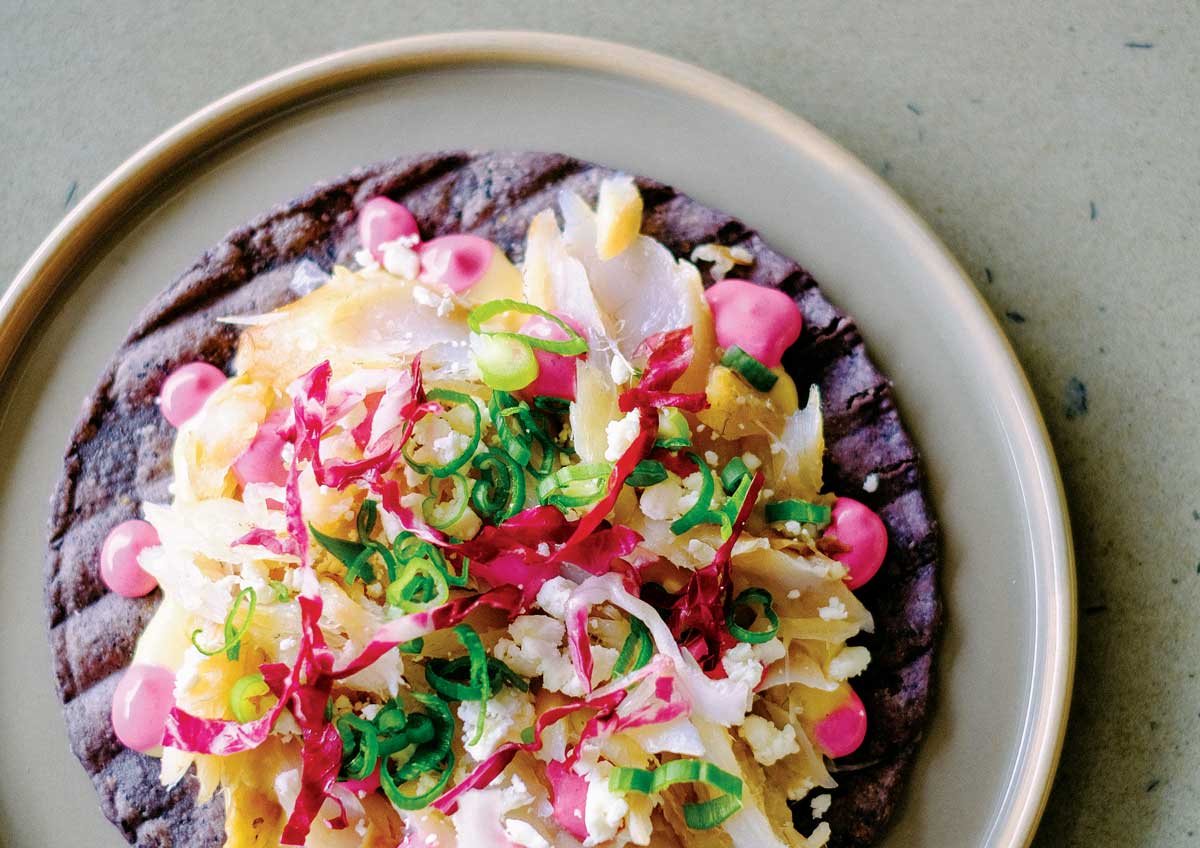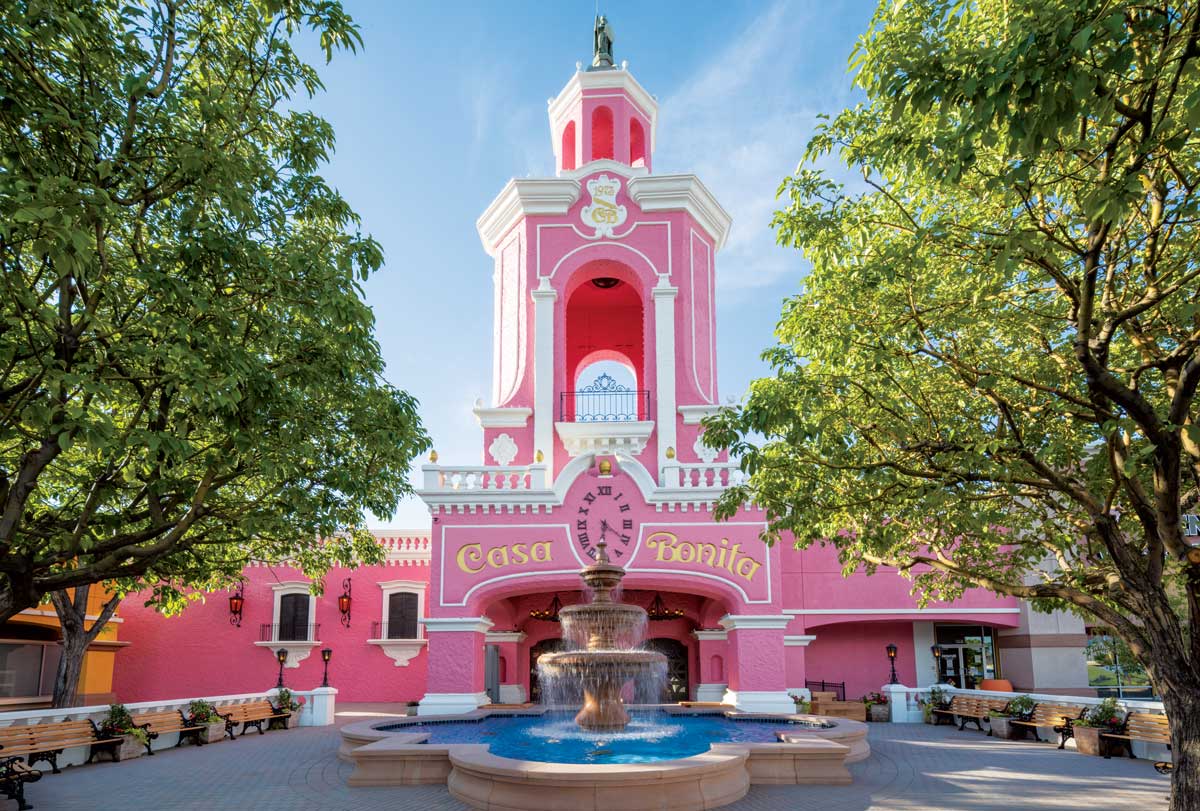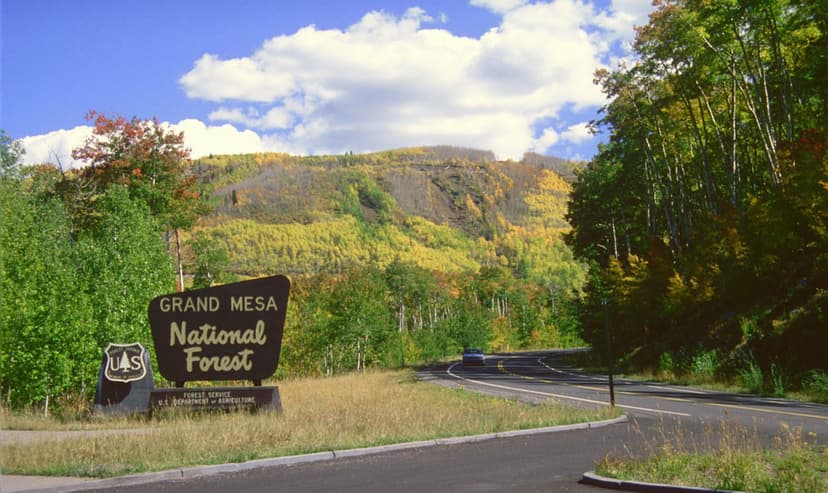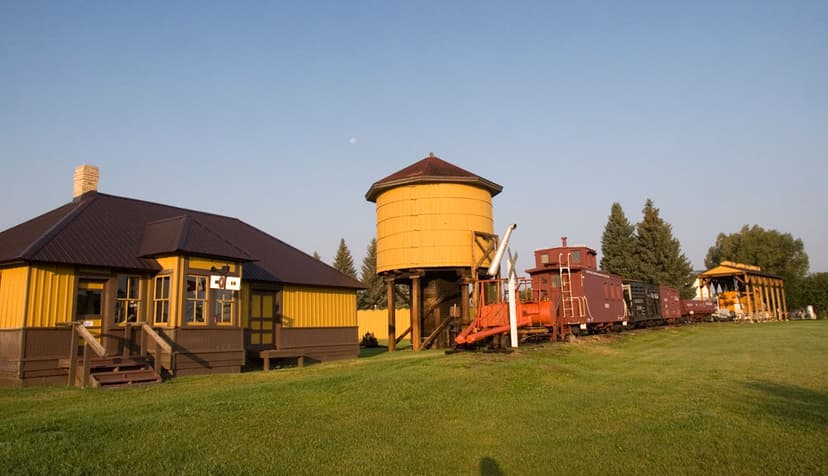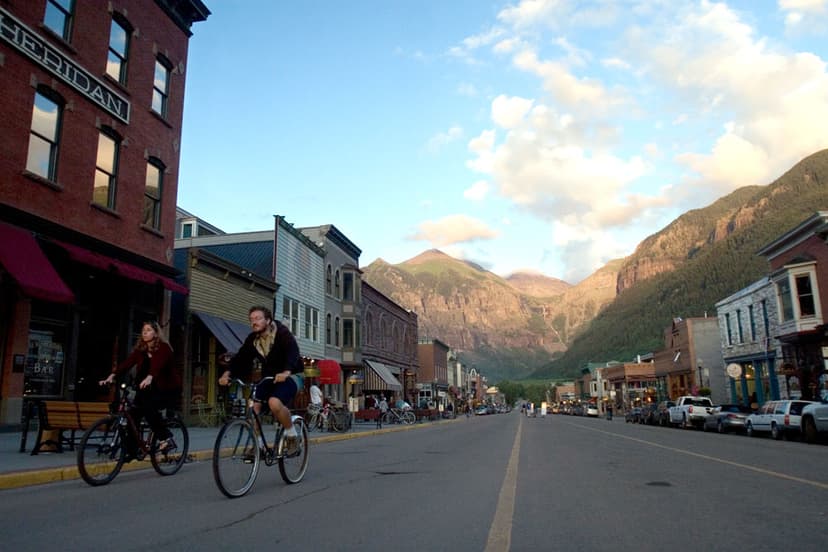Celebrated chefs are viewing the Centennial State as a new frontier for culinary exploration, carving a space for themselves in the mountain towns and cities to showcase these unique regions and the flavors that thrive there. Blending Colorado’s past with fresh takes on classic dishes and innovative creations, they’ve garnered the attention of television programs like “Top Chef,” the James Beard Foundation and most recently, the prestigious MICHELIN Guide.
“[The Colorado food scene] is starting to have its own voice, more so than ever before,” said Josh Niernberg, executive chef and owner of Bin 707 Foodbar and Tacoparty in Grand Junction.
By showcasing the winemaking and agriculture that had been established in the area, his restaurants helped transform the Grand Valley. They also earned him a nod from the James Beard Foundation as a nominee for Best Chef: Mountains category and two-time semi-finalist for Outstanding Chef.
Meanwhile, celebrated chef Denise Vigil has crafted a sanctuary in her small home town of Alamosa that’s quickly gained big recognition as a 2023 semifinalist for the James Beard Award for Best New Restaurant. And in Lakewood, six-time James Beard Award-nominated chef Dana Rodriguez has made the comeback of a lifetime as the Executive Chef and Culinary Partner at the world-famous Casa Bonita after being turned down for a dishwasher’s position at the restaurant in 1998.
For celebrity chef and acclaimed restaurateur Brother Luck, he’s worked over the past decade to change the food culture in the city he’s planted his roots in.
“We all travel the world until we find a place that we want to call home — for me, it’s Colorado Springs,” Luck said proudly. “This is a beautiful city that has an amazing view and amazing culture and I want it to be hip and fun because I love living here.”
After cooking in kitchens around the globe, Luck settled in Colorado Springs in 2012 in pursuit of a higher quality of life and to be near family. With the small-town feel of Colorado’s second-largest city, the accessible proximity to the mountains and the location at the base of Pikes Peak, he was quickly enamored with the city. But the James Beard-nominated chef notes that the food left something to be desired.
“When I first got here, the food was mediocre, there wasn’t much in the way of options, there were a handful of chefs doing really cool stuff, but they were ahead of their time for the masses,” Luck said.
“They said my food was too advanced because I was cooking food from Chicago and I didn’t believe that — I didn’t believe this was a meat-and-potato town, I didn’t believe this was a corporate-chain town — I refused to accept that.”
It was Guy Fieri coming to Colorado Springs in 2015 and showcasing restaurants for his Food Network program “Diners, Drive-Ins and Dives” that made Luck realize the power of the celebrity chef. Luck invited his community to follow his journey as he championed Colorado’s culinary scene in a time when it was so often overlooked. With TV appearances showcasing his culinary chops, Luck became a household name for Colorado Springs. He found success as a finalist on “Chopped,” winning his episode of “Beat Bobby Flay” and competing on seasons 15 and 16 of Bravo’s “Top Chef.”
With a bevy of eateries under his wing, he’s carved a space for himself and his crew to learn and grow. He quickly turned the city on its head and pushed the regional palate by incorporating pig ears, roasted yucca and pork belly in his take on street food and comfort fare.
“Over the last 10 years we’ve grown with that approach, so I think the thing I’m most proud of when it comes to Colorado Springs is what we’ve changed as far as food culture,” Luck said, adding that more recent ventures have been social concepts that offer elevated dining experiences to foodies.
In downtown Colorado Springs, Luck's The Studio hosts an intimate and curated chef’s table experience. Winding down an alleyway, ascending a staircase and emerging in a quaint room that seats only 24 people, getting there is only part of the journey. The Studio is a reservation-only dinner service where those fascinated with the culinary arts have the opportunity to connect with chefs as they cook and serve a five-course meal paired with cocktails and wines from the open kitchen.
However, it’s Luck’s signature restaurant that tells the greatest tale. Since opening in 2017, Four By Brother Luck has redefined Southwestern cuisine and earned his nomination as a semifinalist for the 2020 James Beard Best Chef Award.
Four by Brother Luck tells the story of the Four Corners region where he has spent most of his life; the four seasons we experience; the hunter, fisher, gatherer and farmer who bring the food to being; as well as the four-course tastings that the restaurant provides.
“Food is storytelling, we are connecting through the ghosts of our past everytime we cook a dish, it’s where we all know family, it’s where we all know a memory and it’s common across the world,” Luck said. “For me, most of my cooking career has been in [the Four Corners] region and I love it — I love being in the desert and I love being in the mountains. I think there’s something very special in understanding who the people are and how this region was shaped.”
A focus on Native American and/or hyper-local foods are common passions for Colorado’s chefs. The state’s unique culinary palate is defined by the historic cultures that shaped the region, starting with the land’s first Native American inhabitants and developing through the European pioneers who traveled west to settle and explore the frontier. The Spanish followed and left their mark with the rise of missions across the area, as well as the formation and expansion of Mexico.
“In the past, probably, 10 years, there’s been such a resurgence of chefs trying to find and tell those stories. All it takes is for us to listen a little bit and find some of [that history],” Niernberg said.
Using locally and regionally sourced ingredients prior to the rise of farm-to-table dining and defying industry trends across the nation at the time, Niernberg’s restaurants showcase contemporary Southwestern foods. He frequently uses corn, peppers, bison and Colorado lamb, while being conscious of food systems as a whole. And as summer starts up, fruit is worked into the menu starting at the summer solstice through September and October. Local favorites including the region’s famous Palisade peaches are woven into recipes, while more obscure finds like small harvests of the rare elephant heart plums found in a single orchard over the past century make special appearances.
Staples to the Bin 707 and Tacoparty menus include two types of beans unique to the region. The Fremont bean, which comes from early Indigenous people of eastern Utah that once inhabited western Colorado. And conversely, the Mayocoba bean from the Ute Mountain Ute Tribe comes from reservation land south of Grand Junction.
“So we’ve got several hundred years of history through two different types of beans that we use on the menus at the two restaurants,” Niernberg said.
For Luck, his signature blue cornbread is the best depiction of this history. Telling the story of Colorado, Luck sources blue corn from the Ute Mountain Ute Tribal Farm & Ranch’s Bow and Arrow Brand near the Four Corners region and pairs it with buffalo chili made from Pueblo chiles farmed just south of the Springs. The dish is then finished with a black-forest honey from a farm just 20 minutes from the restaurant and served with a Mojave jam, a Native American recipe of berries that have been cooked down with agave or sherry.
“It’s such a beautiful dish, but it just kind of captures what this region is about,” Luck said, noting that each time he jets off across the world for cooking appearances, he shares a piece of Colorado through his blue cornbread.
“Most people outside of this region don’t know those flavor profiles, they’ve never had a true roasted green chili and it blows their mind,” Luck said. “I love to serve that dish and tell that story because I think it captures what our entire concept is about.”
As for must-tries, the tempura jalapeño poppers are another signature dish that have been a staple to his menus over the past 10 years. Roasted jalapeño is paired with a cilantro-spiced cheese and dipped in a very light tempura batter. Fried and served hot, this dish is an elevated rendition of a classic bar appetizer.
“It’s crazy, I’ve cooked it on ‘Top Chef,’ I’ve traveled with it, it’s just one of those dishes I would never be able to take off the menu because it has such a strong following and it’s one of the best things I’ve ever eaten,” Luck said.
However, at the newly reopened Casa Bonita, Rodriguez is striving for her first James Beard Award with a completely revamped menu. Stepping away from the Tex-Mex fare served before, she’s bringing in traditional Mexican dishes reminiscent of her upbringing in Chihuahua, Mexico.
“The carnitas are amazing, everyone who tries it loves it,” Rodriguez said, adding that her staff makes the tortillas fresh in house from their open kitchen. The mole and ceviche are also must-order items, according to Rodriguez, as well as the chile relleno for vegan guests.
“They’re simple but delicious,” Rodriguez added.
Host to at least one birthday party in every local’s childhood (or even adulthood?), Casa Bonita was immortalized in the Colorado-based cartoon “South Park” for its zany aesthetics. Famous for its Pepto Bismol-pink exterior and immersive tropical decor, including indoor waterfalls that pour into lagoons for acrobats to dive into, Rodriguez says that the iconic building has been completely restored to look exactly as before — just cleaner.
It’s a full-circle move for Rodriguez, more affectionately known as “Loca” by her friends and peers. When Rodriguez came to Denver in 1998, she first applied for a dish washer’s position at Casa Bonita only to be turned away for having a lack of experience. Now, she’s the executive chef and culinary partner at the restaurant.
“It’s a big challenge and my life is about that,” Rodriguez said about taking the job at Casa Bonita.
“I couldn’t say no when I got the call from those guys. Did I need it? I already have enough places that I enjoy so much and where I’m very happy, but I always want something more,” she added. “I’m not one of those humans that settles.”
Growing up on a farm without electricity or running water in Chihuahua, Mexico, Rodriguez spent her days grinding corn into masa for homemade tortillas and working in her family’s many businesses — a grocery store and butcher shop, as well as video rental and clothing stores — while pursuing a degree in computer engineering.
After being turned down initially, she started her career as a dishwasher at Panzano — a posh Northern Italian eatery in downtown Denver with a focus on sustainable cuisine — under the leadership of award-winning chef Jennifer Jasinski.
Working her way up the ranks to executive chef, she and Jasinski went on to open Rioja together as partners, serving up a selection of hand made pastas and Mediterranean inspired dishes.
Rodriguez then opened Work & Class in 2013 in the River North Art District, serving American Southern cuisine with staples from classic Colorado lamb and butterscotch pudding to chickpea croquettes and was immediately nominated for a James Beard Best Chef award.
In 2018, she opened Super Mega Bien across the street, serving South American cuisine from confit green chile chicken to adobo chicken on dim sum carts with killer piña coladas on the side. Cantina Loca (now closed) in the Highlands neighborhood followed in 2022, where her own brand of Doña Loca premium agave spirits take the spotlight in a stylish space designed to resemble an upscale bar in Mexico City. Pair the restaurant’s bevy of tequila- and mezcal-infused mixed drinks with the molcajete — a blend of chicken, pork, steak, nopales and jalapeño in a spicy salsa verde served with tortillas and asadero cheese — as well as a selection of tacos for good measure.
“It’s like a slow-motion movie from when I moved to the United States,” Rodriguez said. “Because [Casa Bonita] said no, I went to apply at Panzano, I met my mentors there, I started building dreams in my head about how I could become a different person and leave a good legacy.”
The community she built along the way may be far flung across the state today, but connections like Niernberg’s keep a support system in place, as well as a line of communication between chefs as they hone new flavors and techniques to honor the region.
Niernberg found his start in the culinary world as a fourth-generation Coloradan, chasing his dreams of being a professional snowboarder by day and moonlighting in restaurants to make ends meet.
Eventually choosing the culinary path, Niernberg combined his industrial design degree and knowledge of the food industry to open restaurants across Denver, eventually making his way to Grand Junction with his wife to open Bin 707 Foodbar and Tacoparty.
When he first opened his restaurants in the Grand Valley, the area was predominantly driven by oil and gas production. After the recession of the late 2000s changed the course of the region, the opportunity emerged to spotlight the area’s other natural resources. By showcasing the winemaking and agriculture that had been established there for generations, he helped reestablish the economy and gave a new purpose to the region.
“It wasn’t a question of where we wanted to build the restaurant, it was more of a question of why hasn’t anyone else done this here? We have all of these tools, we can create this showcase, we can turn this into something that’s unique to us and this is a really unique place for us to do it,” Niernberg said.
Down south in Alamosa, Vigil is putting her hometown on the map for something other than its proximity to Great Sand Dunes National Park and Preserve. She’s revitalized an abandoned deconsecrated 1926 episcopalian church in the heart of the Mystic San Luis Valley to serve as a haven for travelers through the rural region. It’s also been recognized as a 2023 semi finalist for the James Beard Best New Restaurant award.
“It was shocking because the other 29 restaurants nationwide that were nominated were big cities — Washington D.C., Chicago, San Francisco and all of those kinds of places — but then there was Alamosa, Colorado, and that was a big surprise,” Vigil said.
“I just thought we would have a little restaurant in my hometown and really nothing more than that,” she added.
When the property came into her life, the timing was serendipitous. Following a 30-year career working at some of the country’s most acclaimed restaurants, The Friar’s Fork was supposed to be a step away from high-end dining and a return to her roots, providing something simple but elevated for her community to enjoy.
“It was very symbolic to me because it was a historic building, it was a church for almost 100 years, so it served as a place to restore people emotionally and spiritually,” Vigil said.
With a focus on maintaining the history and integrity of the church, Vigil and her husband repurposed the chapel as The Sanctuary, a cozy coffee house and cocktail lounge serving grilled paninis and salads for lunch. Meanwhile, a stone courtyard spans the property and connects the main assembly hall, now home to The Friar’s Fork restaurant.
“It went from a place on a religious level breaking bread, to a place that is literally breaking bread with people, so I really love that about it,” Vigil said.
At The Friar’s Fork, Vigil says guests can expect elevated comfort foods with the usual Italian classics like lasagna and fettuccine Alfredo, with the inclusion of specials like the osso bucco and paella that feature mediterranean influences from Greece to Spain. The Colorado lamb shank is a staple for the restaurant, as is the roast, all made by incorporating fresh and local farmers market finds.
It wasn’t necessarily about what she and her family were eating while growing up in Alamosa, but how they were eating it that sparked her passion for cooking. Inspired by the women of her family who dominated their home kitchens and provided comfort by way of their cooking through life’s cycles of celebration and loss, Vigil discovered a desire to embody the same sense of hospitality on a larger scale.
“Cooking was just something that I fell into, it was something that I was interested in and frankly, at the time, it wasn’t a thing, especially in Colorado,” Vigil said. “I think it was in the coastal cities or other places, but especially in a small town like Alamosa back then, the food scene wasn’t well known.”
According to Rodriguez, since settling in Denver in 1998, the state has seen waves of development, moving from low-key eateries to the rise of fine dining with Rioja at the frontlines, followed by the transition to loud hipster hotspots like Niernberg’s Tacoparty.
“The unique traits that we are starting to see throughout our state allows all of us to have our footprints that differentiate us from elsewhere,” Niernberg said. “I think that is the biggest thing that it took Colorado as a whole to figure out on the culinary scene, was the differentiation rather than the emulation that culinary has been for so long.”
